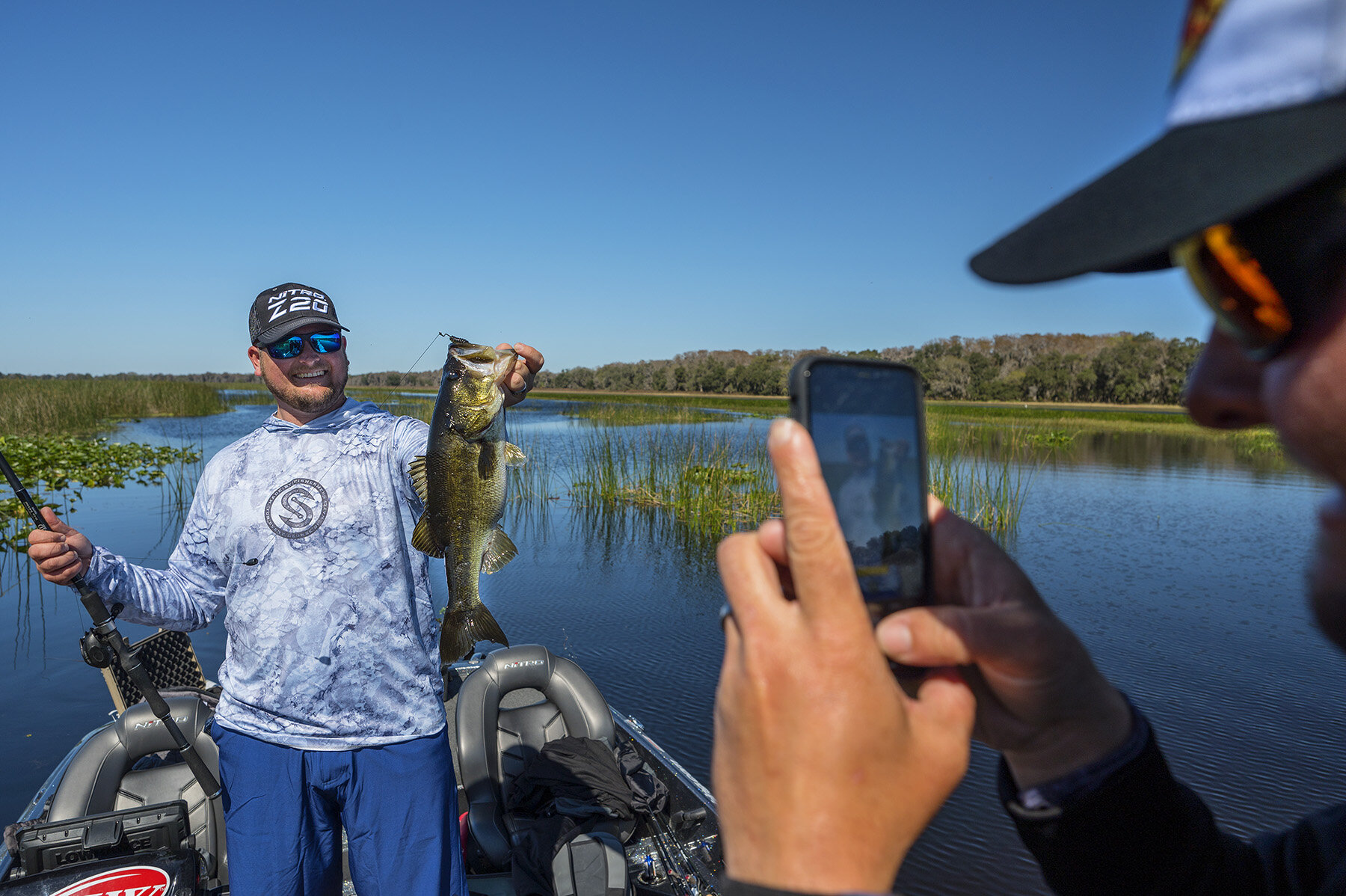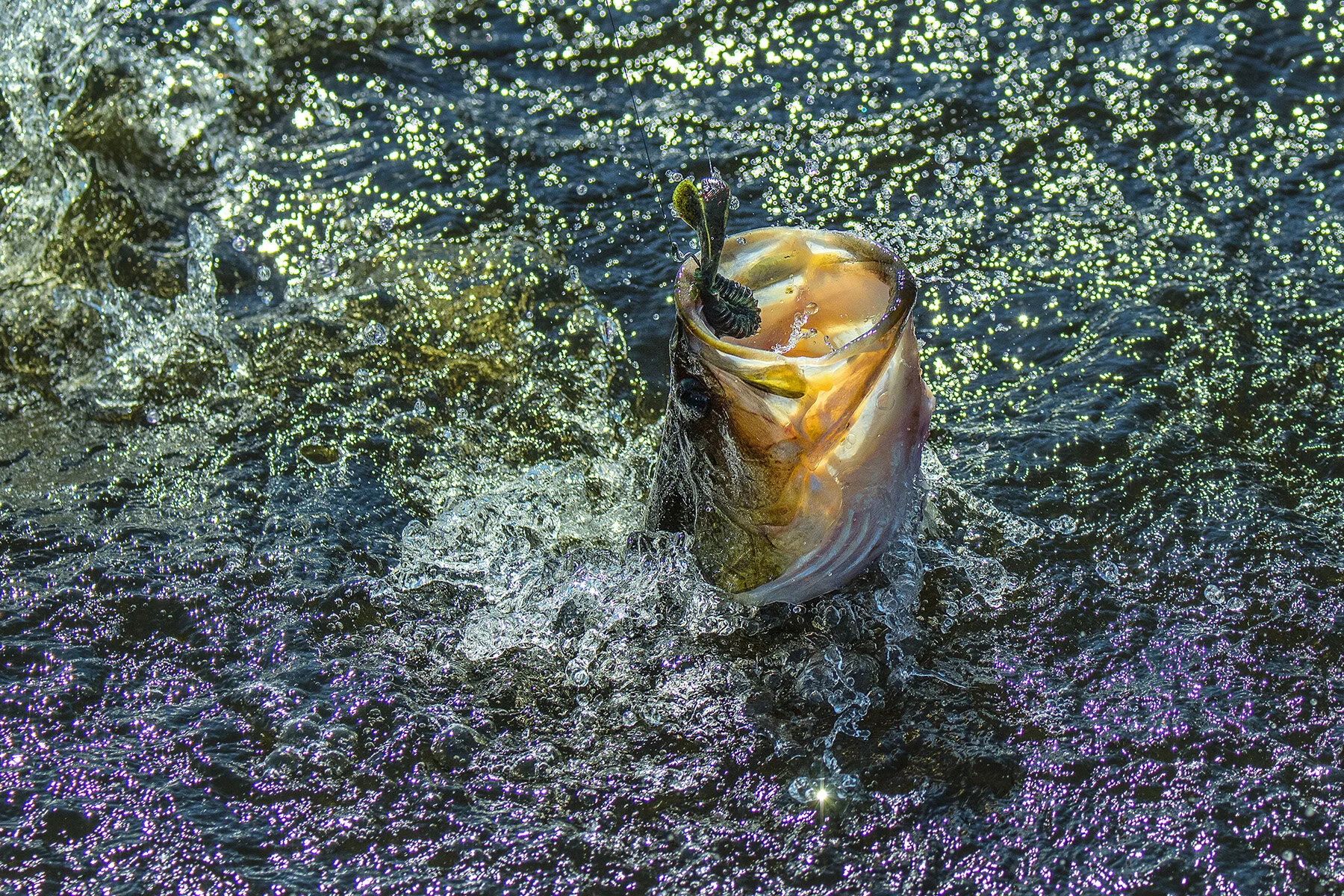Keep It Cool This Summer
/Coolers are very important for what we do during the summer, but using them correctly might require a little more than just dumping ice in them.
Summer is my favorite season, and it's not hard to understand why- the sky is the limit with all the activities that we can enjoy in the outdoors with family and friends.
Warm and sunny weather makes for a great excuse to get out and go boating, fishing, camping, as well as to fire up the grill, and the lynchpin for any great summer activity is a quality cooler.
It's no secret that Joey and I love our Yeti coolers and drink ware- they are just plain awesome- but just like any key piece of equipment, there are some tricks to help you get the most out of them.
Here are some tips to keep your drinks and food ice cold for days.
Ice Needs Sacrifice
As a guide in Alaska for almost twelve years, I have learned a thing or two about how to manage a cooler to get the most out of our precious ice.
The first step in getting any cooler ready for an adventure is getting it pre-cooled. Whether you have a soft-sided cooler, like the Hopper, or a hard cooler, like a Tundra, you need to make sure that you start with a cool interior. The best way to do this is by adding some sacrificial ice to your cooler a day prior to your journey.
Personally, I like to dump out the sacrificial ice before adding the contents and some new, extra cold, ice.
The Right Ice
Not all ice is created equal. Though all ice is cold, there is some ice that is colder than others, which means that it will stay solid longer.
If the ice you put in your cooler goes in to the cooler looking wet and glossy, then that ice probably won't last as long as you'd like it to. On the other hand, if the ice looks frosty and sticks to your finger when you touch it, that ice is going to last much longer.
The Yeti Hopper series are soft sided coolers that are perfect for keeping drinks cold, and is one of my favorite for kayak fishing.
Dry Ice
Many coolers aren't made to withstand dry ice, but if you do have a cooler (like most Yeti's) that can, it might be your best option for keeping food cold, or frozen for long term.
Dry ice is the solid form of carbon dioxide, and it is WAY colder than regular water ice. Another great thing about dry ice is it evaporates instead of melts, so you aren't left with any liquid to keep your groceries soggy.
One thing I have learned is that dry ice will not only keep things cold, it will actually freeze the contents of your cooler. This quality is great when you are trying to keep meat, ice cream, or frozen goods…..well……frozen. However, obviously dry ice doesn't work well with beverages or items you want to stay cold, but not freeze.
Dry ice can also be pretty dangerous if you don't handle it correctly or store it correctly. Never touch dry ice with your bare skin, you will immediately get a pretty severe case of freezer burn. Usually when you buy dry ice (many grocery stores cary it) someone will get the ice for you and properly handle it. Ask them to double bag it in paper bags so you can handle it. Once you put it in your cooler, keep it in the paper bag to protect your groceries from the same freezer burn, as well as to further insulate the ice. Keep the bag of ice on the top of your groceries as opposed to below, because the cold air will disperse from the top to bottom.
Finally, though dry ice is not toxic, when it evaporates it will displace oxygen levels which means it can be a hazard to you in enclosed spaces like inside your car. I almost learned this one the hard way!
Keep Stuff Dry
Ill be honest, I hate getting water in groceries that aren't meant to have water in them…….and it always seems to happen.
A trick I have found to remedy this is to buy some appropriately sized dish racks that fit perfectly on the bottom of the cooler. I end up putting all my ice and groceries on top of those racks, so as the ice melts, the water drips below the racks, but leaves the contents in the ice instead of swimming in water.
Overall, putting ice in a cooler might seem like a pretty easy task, but nothing ruins a day in the sun like having ice melt too quickly.
Use these tips to help you keep all your goodies cold, and it'll make whatever summer activity you're doing cooler!
-Sonar


























